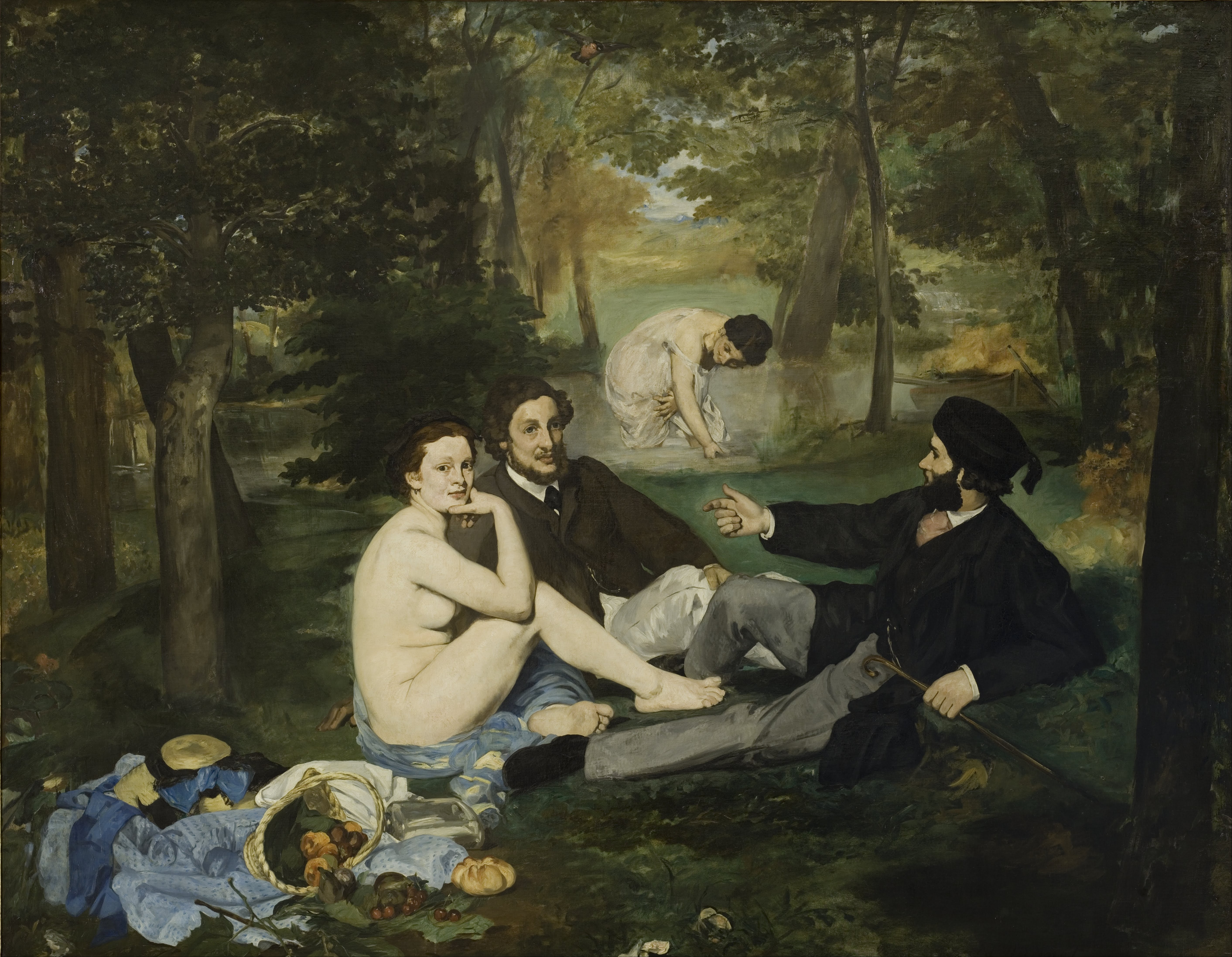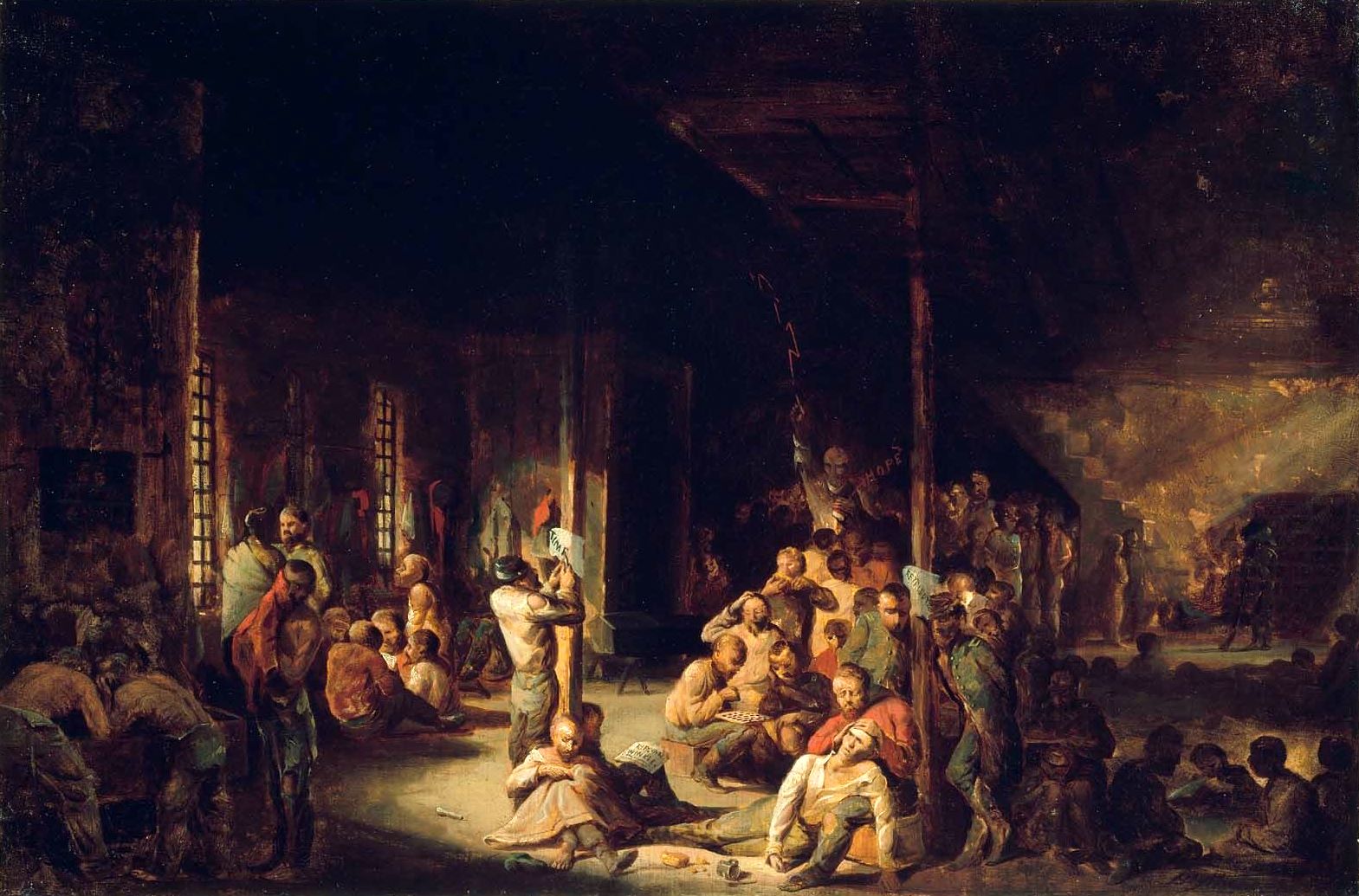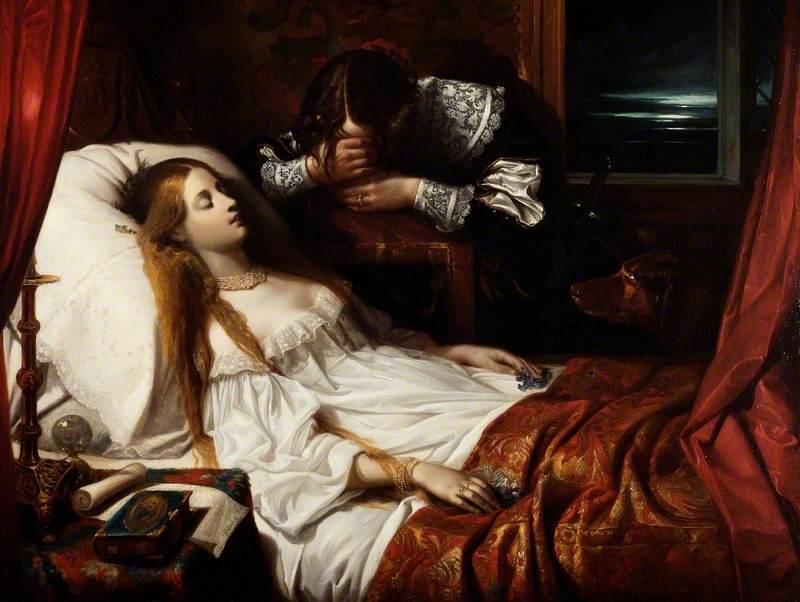|
1863 In Art
Events from the year 1863 in art. Events * March – American-born painter James McNeill Whistler settles close to the River Thames in Chelsea, London, where he will live for most of the rest of his life. * June 12 – The Arts Club is founded by Charles Dickens, Anthony Trollope, Frederic Leighton and others in London's Mayfair as a social meeting place for those involved or interested in the creative arts. * The École des Beaux-Arts in Paris becomes independent of the Académie des Beaux-Arts. * Julia Margaret Cameron takes up photography. * Alexander Gilchrist's '' Life of William Blake, "Pictor Ignotus"'' is published in London, edited posthumously by Anne Gilchrist. Exhibitions * May 17 – Opening of first exhibition of the Salon des Refusés in Paris (in which Manet exhibits '' Le déjeuner sur l'herbe'' and two other paintings; Whistler exhibits '' Symphony in White, No. 1: The White Girl'' and Cézanne first exhibits), and coining of the term ''avant-garde''. Works ... [...More Info...] [...Related Items...] OR: [Wikipedia] [Google] [Baidu] |
James McNeill Whistler
James Abbott McNeill Whistler (; July 10, 1834July 17, 1903) was an American painter active during the American Gilded Age and based primarily in the United Kingdom. He eschewed sentimentality and moral allusion in painting and was a leading proponent of the credo "art for art's sake". His signature for his paintings took the shape of a stylized butterfly possessing a long stinger for a tail. The symbol combined both aspects of his personality: his art is marked by a subtle delicacy, while his public persona was combative. He found a parallel between painting and music, and entitled many of his paintings "arrangements", "harmonies", and "nocturnes", emphasizing the primacy of tonal harmony. His most famous painting, ''Arrangement in Grey and Black No. 1'' (1871), commonly known as ''Whistler's Mother'', is a revered and often parodied portrait of motherhood. Whistler influenced the art world and the broader culture of his time with his theories and his friendships with other lea ... [...More Info...] [...Related Items...] OR: [Wikipedia] [Google] [Baidu] |
Salon Des Refusés
The Salon des Refusés, French for "exhibition of rejects" (), is generally known as an exhibition of works rejected by the jury of the official Paris Salon, but the term is most famously used to refer to the Salon des Refusés of 1863. Today, by extension, ''salon des refusés'' refers to any exhibition of works rejected from a juried art show. Background of the Salon of 1863 The Paris Salon, sponsored by the French government and the Academy of Fine Arts, took place annually, and was a showcase of the best academic art. A medal from the Salon was assurance of a successful artistic career; winners were given official commissions by the French government, and were sought after for portraits and private commissions. Since the 18th century, the paintings were classified by genre, following a specific hierarchy; history paintings were ranked first, followed by the portrait, the landscape, the "genre scene", and the still life. The jury, headed by the Comte de Nieuwerkerke, the h ... [...More Info...] [...Related Items...] OR: [Wikipedia] [Google] [Baidu] |
David Gilmour Blythe
David Gilmour Blythe (May 9, 1815 – May 15, 1865) was a self-taught American artist best known for paintings which satirically portrayed political and social situations. Blythe was also an accomplished portraitist and poet. He is widely regarded as the Pittsburgh region's pre-eminent nineteenth-century painter. Early years Blythe was born in East Liverpool, Ohio on May 9, 1815 to poor parents of Scots and Irish ancestry. After a childhood in a log cabin by the Ohio River, at the age of 16, Blythe moved to Pittsburgh, Pennsylvania. There he apprenticed himself to woodcarver Joseph Woodwell. After his apprenticeship, Blythe returned to East Liverpool for a time and then joined the United States Navy in 1837. His service on the USS Ontario included voyages to the Caribbean islands and Mexico. After his discharge from the Navy, Blythe returned to East Liverpool and took up work as an itinerant portrait painter. Always restless, Blythe traveled widely from Baltimore to Philadelphia ... [...More Info...] [...Related Items...] OR: [Wikipedia] [Google] [Baidu] |
The Rocky Mountains, Lander's Peak
''The Rocky Mountains, Lander's Peak'' is an 1863 landscape oil painting by the German-American painter Albert Bierstadt. It is based on sketches made during Bierstadt's travels with Frederick W. Lander's Honey Road Survey Party in 1859. The painting shows Lander's Peak in the Wind River Range of the Rocky Mountains, with an encampment of Native Americans in the foreground. It has been compared to, and exhibited with, '' The Heart of the Andes'' by Frederic Edwin Church. ''Lander's Peak'' immediately became a critical and popular success and sold in 1865 for $25,000. Background Hudson River School landscape painter Albert Bierstadt (1830–1902) was born in Germany, and, though his family moved to New Bedford, Massachusetts, when he was two, he spent many of his formative years in Europe. He made his debut in an 1858 exhibition, but his breakthrough came in the aftermath of a journey he made the following year. In the spring of 1859, Bierstadt joined the Honey Road Survey ... [...More Info...] [...Related Items...] OR: [Wikipedia] [Google] [Baidu] |
Albert Bierstadt
Albert Bierstadt (January 7, 1830 – February 18, 1902) was a German-American painter best known for his lavish, sweeping landscapes of the American West. He joined several journeys of the Westward Expansion to paint the scenes. He was not the first artist to record the sites, but he was the foremost painter of them for the remainder of the 19th century. Bierstadt was born in Prussia, but his family moved to the United States when he was one year old. He returned to study painting for several years in Düsseldorf. He became part of the second generation of the Hudson River School in New York, an informal group of like-minded painters who started painting along the Hudson River. Their style was based on carefully detailed paintings with romantic, almost glowing lighting, sometimes called '' luminism''. Bierstadt was an important interpreter of the western landscape, and he is also grouped with the Rocky Mountain School. Early life and education Bierstadt was born in Sol ... [...More Info...] [...Related Items...] OR: [Wikipedia] [Google] [Baidu] |
Thomas Jones Barker
Thomas Jones Barker (19 April 1813 – 29 March 1882) was an English historical, military, and portrait painter. The Barkers of Bath Thomas Jones Barker was born at Bath in 1815, into a family of artists. His grandfather, Benjamin Barker, was "a failed barrister…who painted horses with limited success" and eventually became "foreman and enamel painter at the japan works, Pontypool, expert at painting sporting and animal figures." His father was the prominent painter Thomas Barker, also called Barker of Bath. His uncles Benjamin Barker, Jr., and Joseph Barker were also painters, as was his younger brother, John Joseph Barker, and his cousin, Marianne A. Barker, daughter of his uncle Benjamin. Career in France After studying under his father, in 1834, at age 19, he moved to Paris and became a student of Horace Vernet. He made his debut at the Paris Salon of 1836 with three paintings, including ''Beauties of the Court of Charles II'', which received a bronze medal. (His fa ... [...More Info...] [...Related Items...] OR: [Wikipedia] [Google] [Baidu] |
Peter Nicolai Arbo
Peter Nicolai Arbo (18 June 1831 – 14 October 1892) was a Norwegian historical painter, who specialized in portraits and allegorical scenes from Norwegian history and the Norse mythology. He is most noted for ''The Wild Hunt of Odin'', a dramatic motif based on the Wild Hunt legend and ''Valkyrie'', which depicts a female figure from Norse mythology. Biography Peter Nicolai Arbo grew up at Gulskogen Manor in Gulskogen, a borough in Drammen, Norway. He was the son of headmaster Christian Fredrik Arbo (1791–1868) and his wife Marie Christiane von Rosen. His brother Carl Oscar Eugen Arbo was a military medical doctor and a pioneer in Norwegian anthropologic studies. Arbo's childhood home, Gulskogen, was built in 1804 as a summer residence for his older cousin, lumber dealer and industrialist Peter Nicolai Arbo. Arbo started his art education with a year at the Art School operated by Frederik Ferdinand Helsted (1809–1875) in Copenhagen (1851–1852). After this, he studi ... [...More Info...] [...Related Items...] OR: [Wikipedia] [Google] [Baidu] |
Avant-garde
The avant-garde (; In 'advance guard' or ' vanguard', literally 'fore-guard') is a person or work that is experimental, radical, or unorthodox with respect to art, culture, or society.John Picchione, The New Avant-garde in Italy: Theoretical Debate and Poetic Practices' (Toronto: University of Toronto Press, 2004), p. 64 . It is frequently characterized by aesthetic innovation and initial unacceptability.Kostelanetz, Richard, ''A Dictionary of the Avant-Gardes'', Routledge, May 13, 2013 The avant-garde pushes the boundaries of what is accepted as the norm or the '' [...More Info...] [...Related Items...] OR: [Wikipedia] [Google] [Baidu] |
Paul Cézanne
Paul Cézanne ( , , ; ; 19 January 1839 – 22 October 1906) was a French artist and Post-Impressionism, Post-Impressionist painter whose work laid the foundations of the transition from the 19th-century conception of artistic endeavour to a new and radically different world of art in the 20th century. Cézanne is said to have formed the bridge between late 19th-century Impressionism and the early 20th century's new line of artistic enquiry, Cubism. While his early works are still influenced by Romanticism – such as the murals in the Bastide du Jas de Bouffan, Jas de Bouffan country house – and Realism, he arrived at a new pictorial language through intensive examination of Impressionist forms of expression. He gave up the use of Perspective (graphical), perspective and broke with the established rules of Academic Art and strived for a renewal of traditional design methods on the basis of the impressionistic color space and color modulation principles. Cézanne's often re ... [...More Info...] [...Related Items...] OR: [Wikipedia] [Google] [Baidu] |
The White Girl
White Girl may refer to: *A caucasian female *Slang for cocaine *'' Symphony in White, No. 1: The White Girl'', a painting by James Whistler Film and TV * ''The White Girl'' (1990 film), a 1990 American film * ''White Girl'' (2008 film), a 2008 British film * ''White Girl'' (2016 film), a 2016 American film *''The White Girl'' (2017 film), a 2017 Hong Kong film directed by Jenny Suen and Christopher Doyle Music * "White Girl" (song), a 2007 song by hip hop group U.S.D.A. *"White Girl", song by Lil Wayne from '' Free Weezy Album'' 2015 *"White Girl", song by Lari White from ''My First Affair'' *"White Girl", song by Trina from '' Amazin''' *"White Girl", song by Lil Peep from '' Come Over When You're Sober, Pt. 2'' *"White Girl", song by Johnny Cash '' Bitter Tears: Ballads of the American Indian'' *"White Girl", song by Soul Coughing from ''Irresistible Bliss'' See also * '' Symphony in White, No. 2: The Little White Girl'' * ''White Girls'', a 2013 book by Hilton Als * ''White G ... [...More Info...] [...Related Items...] OR: [Wikipedia] [Google] [Baidu] |








